The Battle of Robot Morphology: Unitree Turns Left, YH Robotics Turns Right
![]() 06/30 2025
06/30 2025
![]() 496
496

Author | Mao Xinru
2025 marks the dawn of mass production for embodied intelligence robots, a pivotal year widely regarded by investors as a pivotal window for tangible results.
Midway through the year, two leading domestic robot companies sent shockwaves through the financing market.
First, Unitree completed a Series C funding round of nearly 700 million yuan, alongside a shareholding reform. Shortly after, YH Robotics secured a Series B funding of 1.1 billion yuan, setting a new benchmark for single-round financing in the realm of embodied large model robots.
These two firms not only lead the industry in financing prowess and product competitiveness but also epitomize two divergent paths for current robot startups: humanoid versus non-humanoid general-purpose robots.
It's important to note that the humanoid form mentioned here encompasses both dexterous hands and mobile lower limbs, mirroring human attributes.
Unitree's flagship humanoid robots, G1 and H1, are bipedal, designed to mimic human dimensions. Conversely, YH Robotics' Galbot G1 stands out as a wheeled dual-arm general-purpose robot, featuring a wheeled chassis and a foldable single leg design.
Currently, entrants into the embodied intelligence robot field are primarily grappling with this binary choice. However, stepping outside this two-dimensional opposition reveals that this seemingly exclusive decision is far from singular.
The Path Divergence Between Unitree and YH Robotics
Unitree and YH Robotics, akin to two sides of a coin, are currently wagering on distinct robot forms. Behind their choices lie profound technical rationale and commercial considerations.
In fact, the differing backgrounds of their founding teams offer insights into their path divergence.
Wang Xingxing, Unitree's founder, CEO, and CTO, holds a degree in Mechanical Engineering from Shanghai University. He embarked on his entrepreneurial journey with the XDog he crafted during his graduate studies. A quintessential engineer, he even recently advised college applicants interested in embodied intelligence to twist more screws.
On the other hand, YH Robotics is the brainchild of a team comprising "scientists + industry veterans." Founder and CTO Wang He holds a Ph.D. from Stanford, specializing in embodied intelligence, 3D visual perception, and physical interaction. Co-founder and Chairman Yao Tengzhou boasts both a technical background and commercialization experience, having previously served as a robot R&D engineer at ABB Group.
These differing founding genes have led to significant variations in the core technology routes of the two companies, with Unitree leaning towards hardware and YH Robotics towards software.
Unitree's core competency lies in in-house hardware development and motion control, emphasizing the robot's performance. Its technology portfolio encompasses motors, reducers, and lidar, with over 90% self-developed. It has also pioneered key components like bionic 4D lidar and foot-end force sensors. In terms of motion control algorithms, it leverages reinforcement learning and multimodal interaction to ensure the robot's adaptability to complex terrains.
Unitree's humanoid robot G1 showcases industry-leading motion capabilities, capable of dancing, performing Lei Yue Ting, and even stepping into the ring for boxing matches.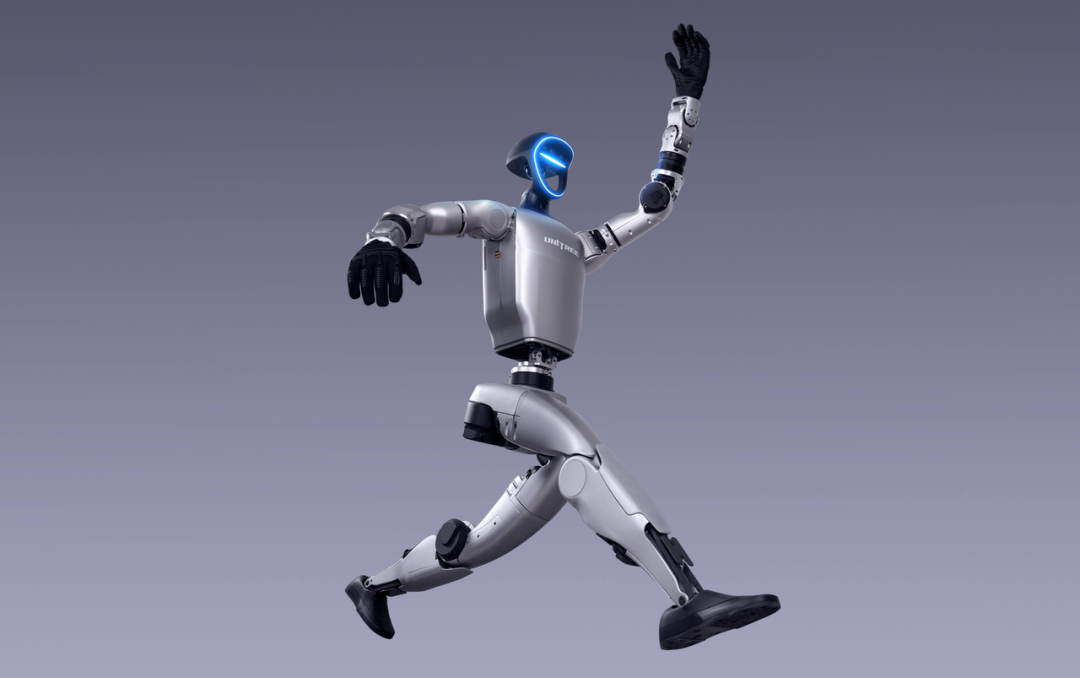
YH Robotics, on the other hand, focuses on embodied intelligence large models and scenario generalization capabilities, adopting a technology path reliant on simulation data-driven and end-to-end model optimization.
It has introduced GraspVLA, the world's first billion-level simulation data pre-training model, breaking through zero-shot generalization capabilities. Utilizing the "simulation data pre-training + real data fine-tuning" paradigm, it generates billions of "vision-language-action" data pairs in a week, enhancing efficiency by 1000 times compared to traditional methods.
Galbot G1, equipped with a self-developed brain, achieves a success rate exceeding 95% in grasping randomly placed transparent, high-gloss objects. It also masters dexterous hand generalization operations such as opening cabinets, drawers, and hanging clothes.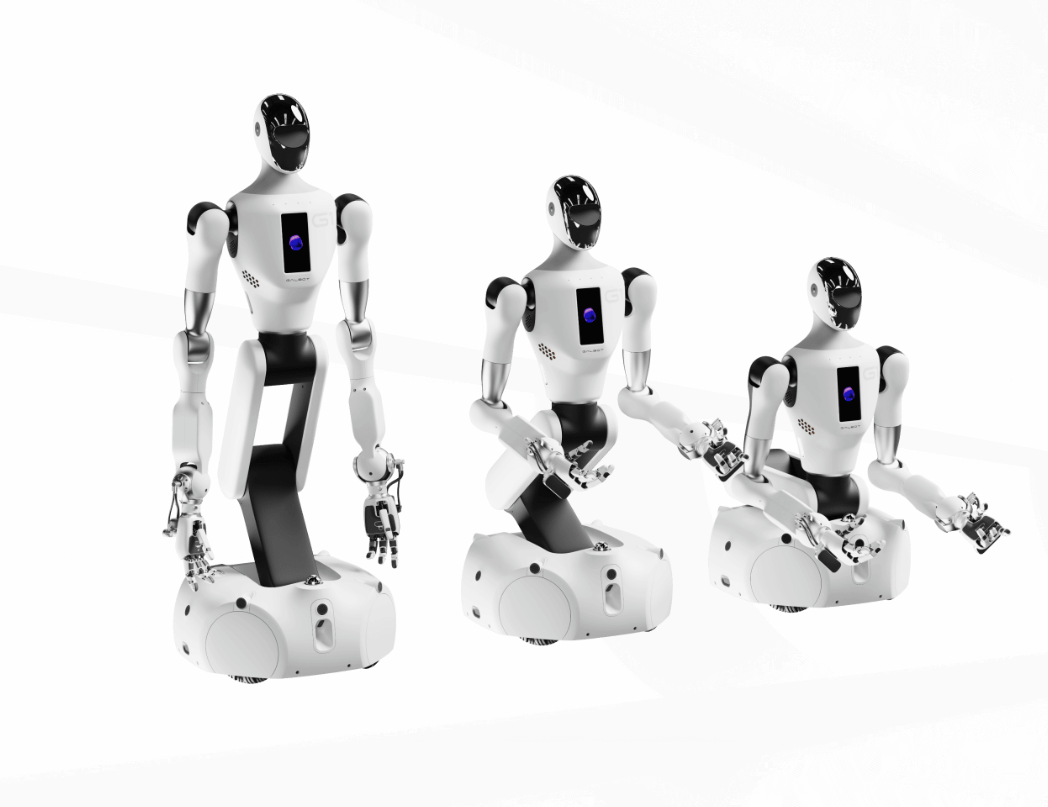
Furthermore, YH Robotics employs a separated architecture of "large brain model" and "large cerebellum model." With their synergy, Galbot G1 can understand human natural language and interact based on language commands.
The divergence in product forms has also steered the two companies towards different commercialization paths.
At the 2025 Summer Davos Forum, Wang Xingxing revealed that Unitree's annual revenue has hit 1 billion yuan. In 2024, Unitree sold 23,700 robot dogs, accounting for nearly 70% of the global market share, and delivered over 1,500 humanoid robots.
Regarding humanoid robots, Unitree's basic model G1 is priced at 99,000 yuan per unit, the educational version G1 ranges from 170,000 to 350,000 yuan, and the high-performance version H1 costs 650,000 yuan. Orders primarily come from B-end institutions and emerging leasing markets, with universities and research institutions as core customers.
YH Robotics' commercialization path clearly aims at scalable industry solutions with deep penetration into various vertical scenarios.
Currently, Galbot G1 has been deployed in three major scenarios: smart pharmacies, public services, and industrial manufacturing. Wang He predicts revenue in the hundreds of millions this year.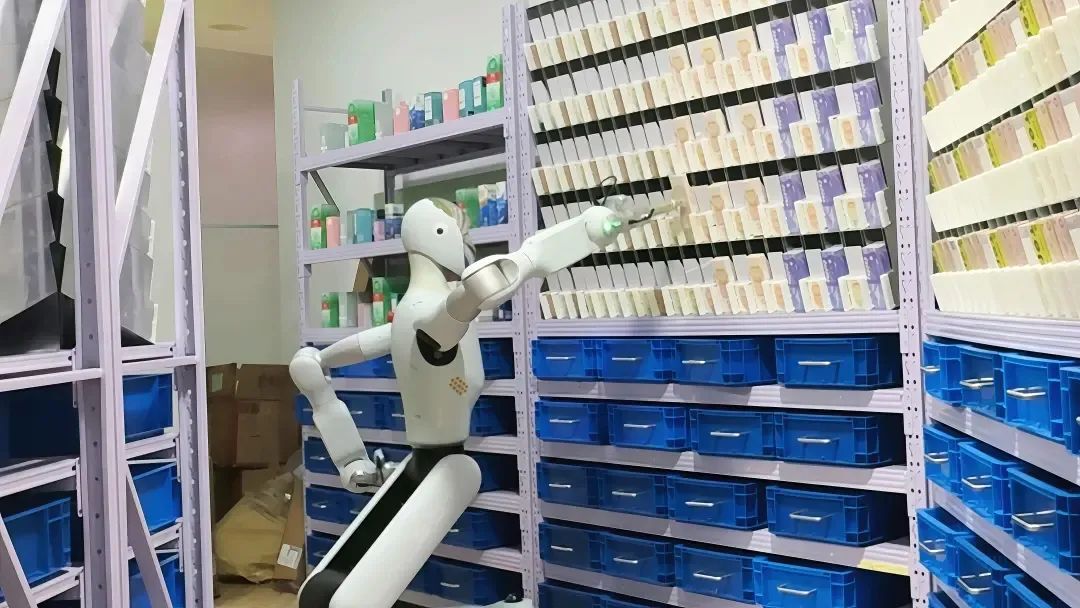
YH Robotics has partnered with Meituan to create unmanned pharmacies, with seven operational stores handling over 200 orders per day per store, boasting an error rate of less than 0.1%. The pharmacy side enjoys a clear cost benefit. A 24-hour pharmacy requires three shifts of manpower. With a selling price of 700,000 yuan for one Galbot G1, the total cost of deploying the robot for three years is lower than the annual expenditure on manpower.
In Mercedes-Benz and ZEEKR factories, Galbot G1 undertakes tasks like sunroof transportation and material box handling, replacing workers in repetitive labor. In BYD production lines, the robot collaborates with unmanned vehicles in logistics, enhancing assembly efficiency by 15%.
From a development logic and strategic perspective, Unitree adheres to the "hardware-defined experience + motion capability first" path.
By developing core components in-house, it reduces the overall robot cost, bringing the price of humanoid robots to the ten-thousand yuan range. Simultaneously, it establishes a technical barrier based on the robot's high dynamic performance.
YH Robotics opts for "model-defined scenario + data closed-loop drive," utilizing large models as the foundation to enable robots to swiftly adapt to retail, industrial, medical, and other scenarios. Through simulation training and real-world scenario iteration, it forms a virtuous cycle of "technology-data-commercialization."
In essence, Unitree prioritizes solving "how to make robots move like humans," while YH Robotics focuses on "how to make robots think about tasks like humans."
The Endless Debate: Humanoid or General Purpose
The choices of Unitree and YH Robotics are not isolated cases but represent two distinct viewpoints in the industry: "humanoid" versus "general purpose." The debate surrounding this topic persists, but in-depth analysis uncovers a shared pragmatic core.
The "humanoid faction" argues for ultimate scenario adaptability. The human world is designed for human bodies, and this faction believes that in service scenarios like households and elderly care, humanoid robots can seamlessly utilize human tools and spaces, making them the most suitable form.
For instance, Huang Renxun has expressed support for humanoid robots in multiple speeches this year. He believes humanoids can seamlessly integrate into the human-created world while completing tasks set by humans. He even contends that "humanoid is the only form in which general-purpose robots can succeed." He is also optimistic about Tesla's humanoid robot, Optimus.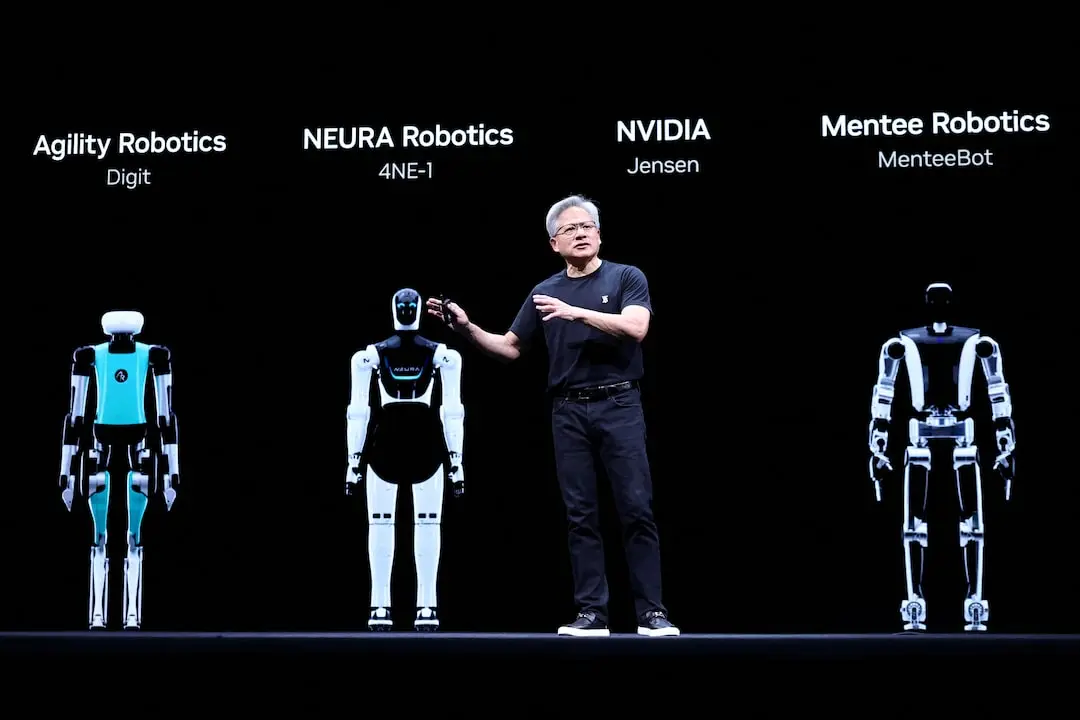
Ding Ning, executive vice president of the Shenzhen Institute of Artificial Intelligence and Robotics, also stated that if China's industrial system aims to achieve something, it first needs a benchmark. Taking humans as the benchmark allows everyone to quickly form a consensus and concentrate on developing various functions.
Other "humanoid faction" members argue from the perspectives of learning and transfer capabilities, as well as the driving value of technical challenges. Training robot models necessitates vast training data, and the humanoid structure facilitates imitating and learning human behavior, effectively transferring skills learned in simulation training to the physical world.
Moreover, creating humanoid robots poses challenges in bipedal walking, full-body coordination, and dexterous manipulation. Overcoming these challenges not only achieves the goal of humanoid robots but also contributes to and promotes technological advancements in the entire robotics field, demonstrating a "technological spillover" effect.
Zhang Wei, founder of Zhuji Power, believes that the versatility of robots interacting with the physical world hinges on humanoid robots, specifically those with two legs. If robots are to possess general-purpose operating capabilities and perform tasks that humans can, both arms and legs are essential.
UBTECH, which has already collaborated with multiple automotive factories, shares this view. Its founder Zhou Jian stated that in intelligent manufacturing scenarios, humanoid robots are the most versatile and ergonomically suitable. In the future, humanoid robots will expand from large-scale structured scenarios to commercial service and household scenarios.
The "general-purpose faction" starts from productivity and believes that the primary principle of form selection is task demand and environmental constraints. For instance, in highly structured factory assembly lines, robotic arms are optimal; in warehouses with standard pallets, AGVs are more efficient; and in rugged mines, multi-legged or wheeled platforms are more suitable.
Baidu CEO Li Yanhong, ZeroOne CEO Kai-Fu Lee, and Cheetah Mobile CEO Fu Sheng echo this viewpoint. They believe that turning machines into humans is not the direction of development. Machines have already surpassed humans in many aspects, and there's no need to imbue them with human-like traits. Moreover, most application scenarios do not necessitate humanoid robots.
Chris Volty, the former head of Tesla's robot team, recently stated publicly that Optimus's design is impractical. Most industrial tasks are highly repetitive, and speed is crucial. Such robots may be less efficient in warehouses, logistics, and manufacturing.
Insufficient technological maturity is also a key argument of the "general-purpose faction." Sergey Brin, co-founder of Google, stated that Google had previously acquired two humanoid robot startups but sold them both due to immature software, making it difficult to generate practical value in every attempt to advance.
Chen Jianyu, founder of Xingdong Jiyuan, pointed out that the "cerebellum" of current humanoid robots is significantly weaker compared to the "brain" and "body." Without a well-developed "cerebellum," humanoid robots "are just a pile of thinking iron."
Beneath the shell of the morphological debate lies a clear consensus among different voices in the industry. Whether choosing a humanoid or a non-humanoid general-purpose platform, the core criteria revolve around "adaptability" and "practicality."
The debate ultimately focuses on which form can better meet the requirements of adaptability and practicality in specific stages and scenarios, thereby realizing the value of robots in the real world faster and more effectively.
Form is the means, and value creation is the purpose.
The Ultimate Goal: Implementing Embodied Intelligence and Creating Practical Value
"All in on humanoid or general purpose?" Wang Xingxing and Wang He also provided their answers.
Wang Xingxing stated that he doesn't insist on making humanoid robots. He chose this path because many technologies from his previous work on robot dogs could be reused, making humanoid robots a "natural" extension.
Wheels and chassis are also practical forms. He opted for humanoid robots because they represent the simplest structure among general-purpose robots. Humanoid robots offer more emotional value, and from the current AI technology perspective, they facilitate data collection. If AGI is realized in the future, robot forms will undoubtedly be diverse and unique.
Wang He firmly believes that the journey towards general-purpose robots entails a methodical progression: initially transitioning from "single-scene, multi-task, mobile" capabilities to "multi-scene, multi-task" functionalities, and ultimately achieving the milestone of "full-scene, full-task" competency.
Throughout this evolution, the humanoid form of robots proves to be the most suitable, economical, and stable carrier at various stages, enabling the gradual creation of value in diverse scenarios. 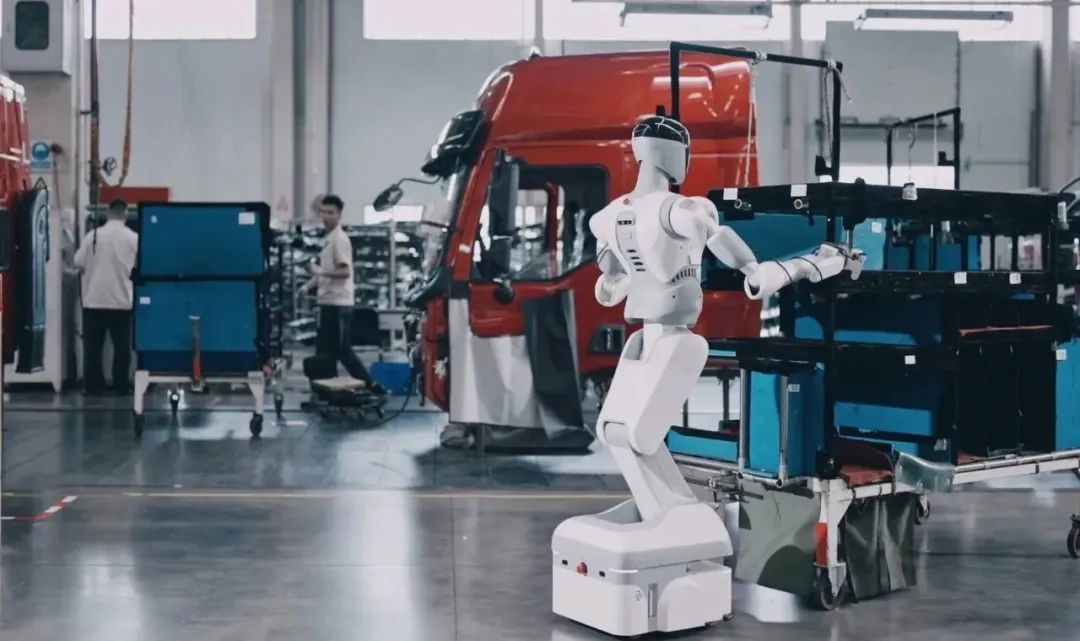
Despite the current disparity in product forms between the two companies, their developmental philosophies remain unconstrained by present choices. The ultimate aspiration for robots coexisting in the physical world is to attain embodied intelligence.
The paramount criterion for evaluating a robot's success transcends its anthropomorphic appearance; instead, it hinges on its ability to address real-world challenges, such as replacing hazardous occupations, enhancing production efficiency, and achieving large-scale applications that transcend laboratory confines or limited demonstrations.
While the humanoid form is not the sole solution, it represents a pivotal challenge that must be addressed. Achieving whole-body dynamic equilibrium and human-like dexterity in hand manipulation currently pose urgent hurdles in the realm of embodied intelligence. Overcoming these challenges signifies substantial advancements in foundational technologies, including actuation, control, perception, and AI, which can subsequently be transferred to other robotic forms.
Another crucial aspect lies in the necessity of rigorous scenario validation and cost reduction. In complex environments like homes, humanoid robots inherently excel in interaction and manipulation. Someone must pave the way for feasibility validation, application model exploration, and cost reduction, thereby enabling humanoid robots to proliferate across diverse scenarios.
The seemingly disparate approaches of Unitree and General Robotics Intelligence (GRI) are, in essence, "divergent paths converging on the same destination" from a broader perspective.
Wang Xingxing contends that the robotics industry's primary challenge currently lies not in hardware but in the absence of a cohesive, end-to-end AI solution. GRI is precisely addressing this gap by developing an end-to-end large model.
This end-to-end large model necessitates real-world hardware application to expedite data collection. Unitree's production of cost-effective hardware and promotion of ten-thousand-yuan-level robots contribute to data aggregation and large model enhancements.
GRI's pioneering global product-level end-to-end embodied FSD large model, TrackVLA, underwent extensive validation in collaboration with Unitree's robot dog. Similarly, the recently introduced OpenWBT, an open-source full-body VR teleoperation system, employs Unitree's G1 as its experimental prototype. 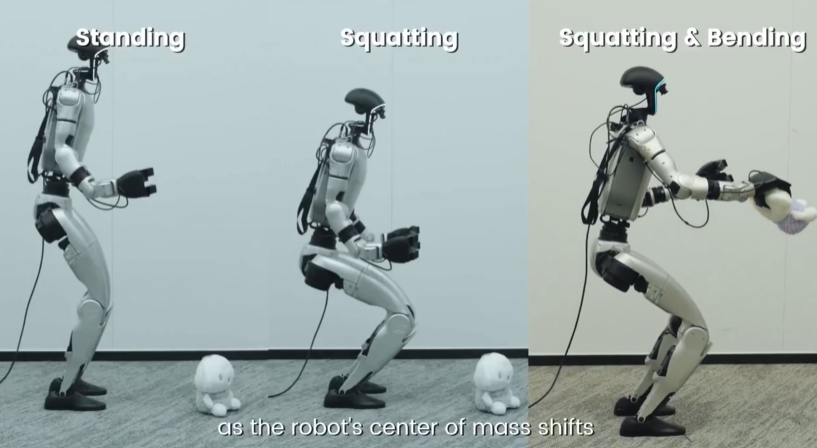
For startups with limited resources, focusing on a core pathway, whether humanoid or general-purpose, represents a pragmatic and judicious choice in the short term. This is not to detract from the merit of alternative paths but rather a strategic concentration amidst resource constraints.
From the vantage point of the industry's long-term ecosystem development, "building humanoid robots" and "creating general-purpose robots" are not mutually exclusive; rather, they are complementary and symbiotic exploration trajectories.
Fundamentally, the choice of form must serve the purpose of value creation. Regardless of the path chosen, the ultimate litmus test of success is whether the robot can genuinely comprehend, decide, and act within complex physical environments, ultimately taking root in specific scenarios or broader domains, thereby generating tangible economic and social value.
When the "route debate" returns to the fundamental purpose of value creation, it becomes evident that the robotics industry requires a balance of "stargazers" and "ground-keepers."
The ultimate mission of technology is invariably to address real-world problems.








